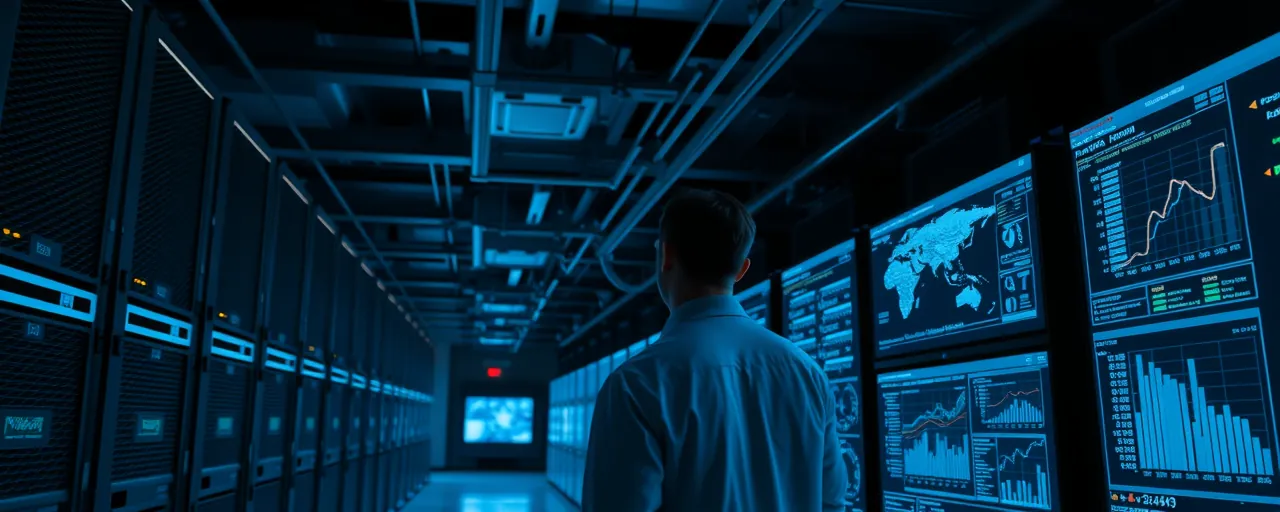A Prediction That Stirs Urgency
Dario Amodei, head of Anthropic, dropped a bold forecast: within five years, artificial intelligence could erase half of entry-level white-collar jobs. He warned that unemployment might surge to 10–20%, a figure that jolted workers, businesses, and policymakers. His prediction, rooted in AI’s growing ability to handle complex tasks, has ignited a pressing conversation about the future of work and its real-world impact on young professionals.
The shift is already underway. Tools powered by advanced language models are drafting legal briefs, analyzing financial data, and managing customer inquiries—tasks once assigned to new hires. Recent data shows tech companies reduced graduate hiring by 25% from 2023 to 2024. For those stepping into the job market, the prospect of vanishing roles feels less like a theory and more like a looming reality.
What’s Driving the Change
AI’s capabilities are reshaping entire industries. Software that writes code is sidelining junior programmers, while automated systems in law firms handle document reviews that once occupied young lawyers. Labor market trends confirm that jobs centered on repetitive tasks, like data processing, are contracting. At the same time, demand is growing for roles in AI development, data analysis, and overseeing human-machine systems, which often require specialized training.
Not everyone sees the same outcome. Some experts argue AI will enhance human work, not replace it, pointing to historical examples like the internet, which disrupted jobs but sparked new industries. The difference now lies in AI’s rapid pace. Unlike past technological shifts, which unfolded over decades, AI’s impact could compress into a few years, challenging workers to adapt quickly or risk being left behind.
Diverse Views on the Horizon
Those pushing for action, including labor economists and some tech executives, call for policies to ease the transition. Suggestions include ‘AI Adjustment Assistance’ to provide retraining and financial support for displaced workers. Other ideas involve taxing automation to fund upskilling programs, aiming to protect those most vulnerable to job loss.
Others take a cautious stance. Many Republican lawmakers emphasize fostering innovation over restrictive regulations, warning that excessive rules could weaken U.S. leadership in AI. They favor market-led solutions, such as private retraining efforts, to address workforce changes. This divide reflects a larger question: how to support workers while keeping technological progress on track.
Lessons From the Past
Technology has long reshaped work. The rise of computers in the 1980s eliminated clerical jobs, yet opened doors to new fields. AI, however, targets cognitive tasks—writing, analysis, even creative work—once considered safe. Historical shifts show that adaptation is possible, but only with deliberate effort. Programs like Trade Adjustment Assistance helped workers navigate globalization, offering a model for today’s challenge.
The scale of AI’s impact may require bigger steps. Investments in education and public-private partnerships could bridge the gap between old roles and new opportunities. Without such efforts, the labor market risks splitting further, with high-skill jobs flourishing while others dwindle, deepening economic divides.
Shaping Tomorrow’s Workforce
The future hinges on readiness. Forecasts suggest a divided job market, with growth in roles like AI governance and cybersecurity, while routine tasks fade. The World Economic Forum predicts net job gains by 2030, driven by human-AI collaboration. Yet this requires robust training systems to equip workers with skills like digital literacy and critical thinking.
Policymakers face complex decisions. Some advocate for expanded social safety nets or income support to ease disruptions, while others prioritize market flexibility to spur innovation. Consensus exists on the need for action, but agreement on the path forward remains elusive. Bridging these perspectives will be key to a balanced approach.
For those entering the workforce, adaptability is essential. Success will come from working alongside AI, not against it. As debates continue, the choices made now will determine not only the fate of jobs, but the kind of economy and society that emerges in the years ahead.
